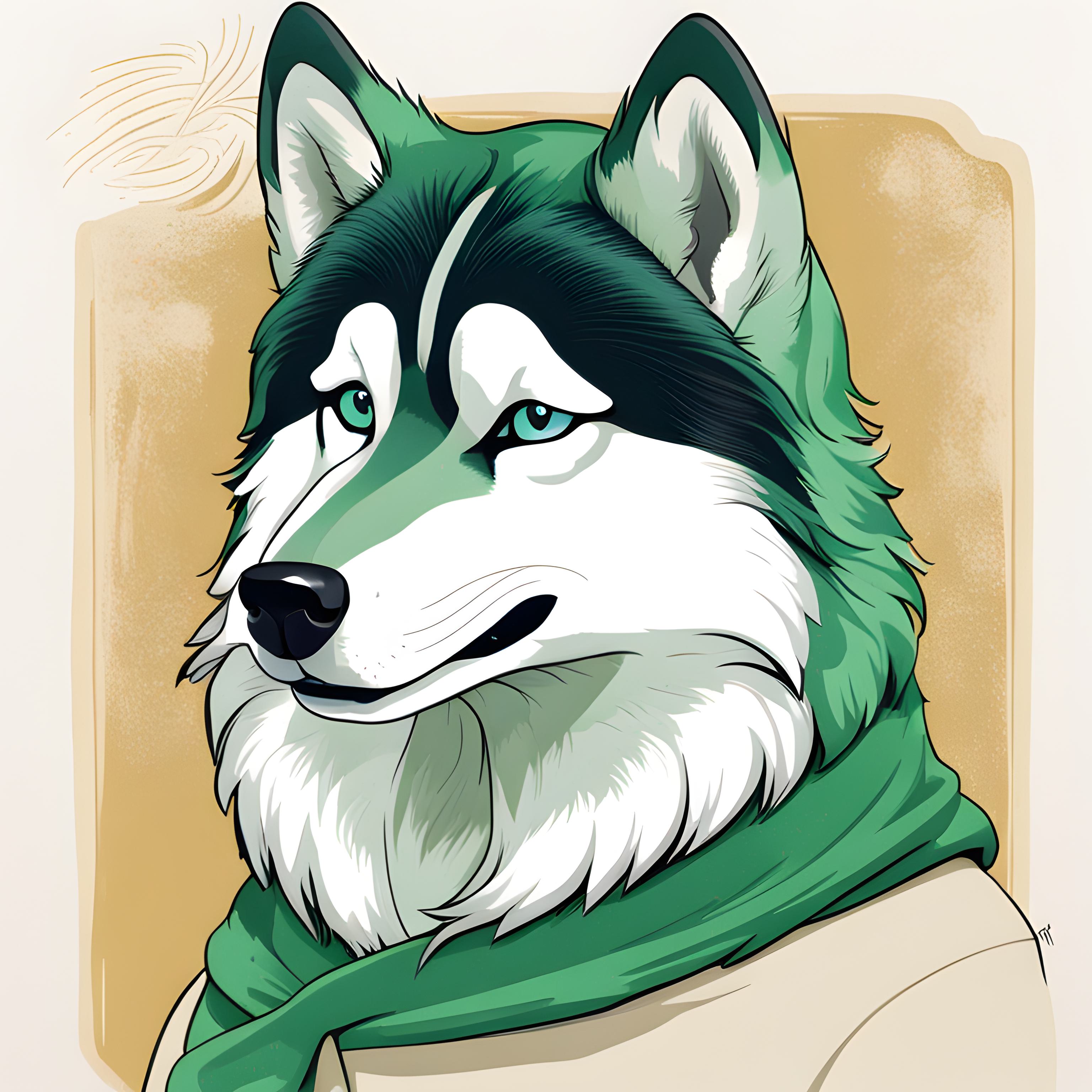Genetic evidence suggests that carnivory developed by co-opting and repurposing existing genes which had established functions in flowering plants
All the interesting botany questions have been answered
why tree big ??
So giraffe can reach
ofc
Because the flowers attract food in the form of insects. I must be missing something here.
Carnivorous plants need to attract insects to feed AND to reproduce. Of course they don’t want to eat the pollinators so they usually have flowers with long stems
Yep! The pitcher plants around here have high flowers and Venus Fly Traps have hilariously high flowers.
sundews too, and sarrencenia, aquatic plants. also we found out some pitchers attract mammals for thier nutrient rich poop"poop in thier pitchers" to get all that nitrogen.
Pitcher plants and flytraps use sugary secretions to attract prey not flowers.
Why would they want to attract flowers?
Because they’re pretty, duh
Both use flowers with long stems to keep the pollinators out of harm’s way. I grow both, seen it IRL.
Flowering plants use life to spread genetics. No reason to be carnivorous if there’s no reason for animals to crawl all over you
Because they have fallen to the corruption of slaanesh
Stupid sexy flowering Slaanesh!
Ah, I See You’re a Man of Deneracy As Well
I’m sorry but who says that all of the good botany questions have been answered??
Dwayne “The Rock” Johnson
He’s a disgrace. Still classifying Rhinantus minor in the Scrophulariaceae instead of Orobanchaceae after APGIII. Smh.
funfact, orobacnacaeae is a parasitic group of plants also are called BROOMRAPES.
We just haven’t found the carnivorous trees yet. Those poor, poor squirrels…
there are trees armed to the teeth or extremely poisonous, many in euphorbiacae family. dynamite tree, machineel
Well there’s a fundamental difference between a carnivorous plant and a murderous plant who just kills.
There are many plants who kill large number of animals all the time, as defense measures for example. But a carnivorous plant specifically kills the prey in order extract nutrients from it and use it to benefit itself, and it does so using specialized adaptations specific for that purpose and not just accidentally (like a broken tree branch falling down killing somebody down below doesn’t make the tree carnivorous)
So a carnivorous plant needs to have ALL of these traits:
- capturing or trapping prey in specialized, usually attractive, traps;
- killing the captured prey;
- digesting the prey;
- absorption of metabolites (nutrients) from the killed and digested prey;
- use of these metabolites for plant growth and development.
…in order to be considered a carnivorous plant.
Source: Carnivorous Plants: Physiology, Ecology, and Evolution from Oxford University Press
(HIGHLY recommend if you’re interested in this topic, it’s an extremely good book and the best comprehensive overview on carnivorous plants at the moment, with fairly up to date information from this rapidly developing field of study!
Armed to the teeth or armed with teeth…that they chew live animals with? Because I’m only interested in the latter.
Feeed mee Seymour
if you considered spines all along the trunk as teeth, and exploding fruit.
While all of these answers are mostly true, you have to go back in time. Darwin called it the abomniable mystery. Flowering plants and insects co-evolved rapidly roughly 150 MYA. So prior to flowering plants, there were few plants and insects and they were mostly generalists. The rapid expansion and explosion of insect diversity is deeply entangled with the explosion of diversity in angiosperms.
the oldest pollinators, prior to bees,butterflies and other insects. were beetles, as evidence of magnolias one of the oldest lineage of flowers, use only beetles.

Audrey II was a literal alien. It might not even technically be a plant, it just resembles one. 🤷🏻♂️
Ok, so prove all the other plants aren’t aliens?
A human has 46 chromosomes, a potato 48, this also explains some things.
People with Downs Syndrome are the missing link between humans and potatoes?
Carnivory in plants is ALWAYS the secondary option, usually as a result of poor soil quality. Typical pollination via flowering bodies is the go to.
Flowers already attracted insects. The evolution of flower into carnivorous flower is a smaller leap than a tuba or leaf into carnivory as they would also have to evolve to attract the prey.
Is it vegan if you eat carnivorous plants?
Vegan enough for package labelling, not vegan enough for the psychic powers
You get three strikes though, I think that’s pretty lenient
Could it be because most plant species are flowering plants?
Sex is a hell of a drug when it comes to diversity.
Because they live in environments lacking in the nutrients that can be gained from invertebrates (e.g. in highly acidic soil). This allows them to compete better against other plants. I guess non-flowering plants don’t need the same nutrients so can go without. Only a beginnner+ at ecological botany so someone here can surely explain better knowing lemmy!
Since when has carnivory been a word, what the hell
Since as long as carnivore has been a word, probably. Carnivory is the noun for the act of eating meat, carnivore is the noun for a creature that eats meat and carnivorous is the adjective to describe a creature that eats meat.
probably used casually in a kink. would you like a map of the internet? (earnest)
i would like a map of the Internet
Yeah, deploy the map!
I remember watching this farmer make a case otherwise, that ordinary bramble (?) is specialized to ensnare and trap fluffy sheep, providing chemical nutrients to the bush.
An interesting theory, but there are good reasons to doubt the claim, including the fact that woolly sheep are a recent product of human breeding, and that wild sheep are not even native to the same areas blackberries grow.
There’s tonnes of blackthorn and a lot of sheep in the UK and I’ve never heard it to be problematic. Sheep ate pretty dim, but bramble is definitely not thorny/spiney enough to get caught bar the odd occasion. I’m sure I heard about a shrub (African maybe) that sheep can get completely ensnared in and die, but can’t find it!









